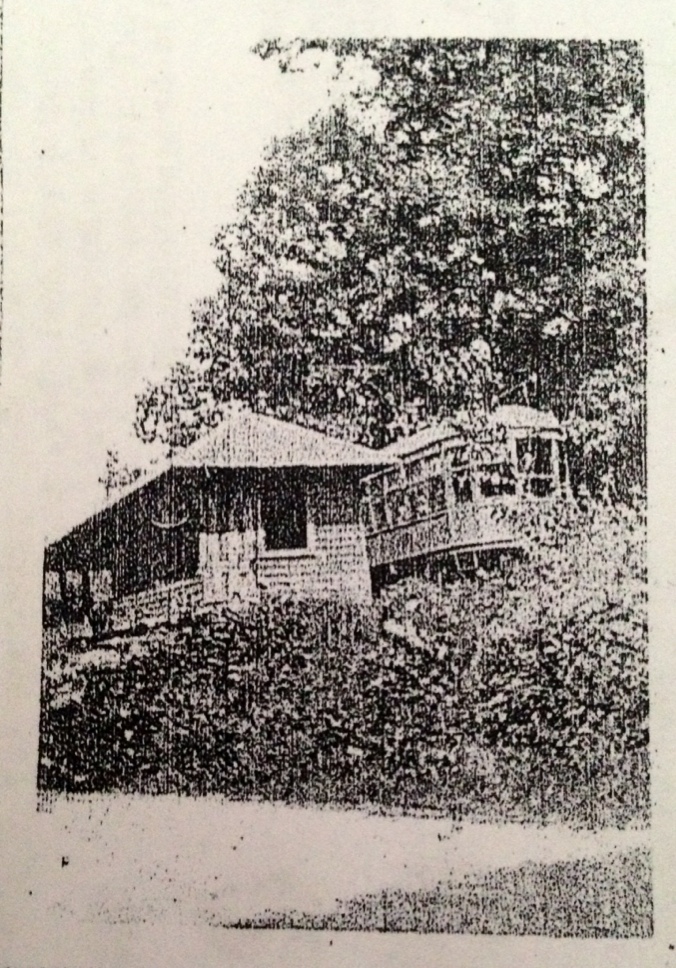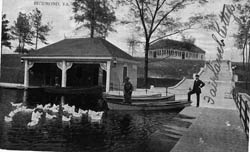Keeping Track of the Old Tracks
By Hannah Lindquist, PR & Marketing Intern, Lewis Ginter Botanical Garden
Starting my journey here at the Garden, I was open to learning anything. I grew up in Richmond and knew of its rich history and stories, the Garden being one of those stories. On my first day as PR & Marketing Intern I got my first assignment the Lakeside Trolley that used to stop, literally in the Garden’s backyard. I began my research, starting with a previous blog post on the Garden’s history that mentioned the trolley station.
Tom Riddle Jr., a train enthusiast and volunteer here at the Garden met me and told me about this trolley that many Richmond natives may not know about. Riddle explained that the first successful electric streetcar line in America was started right here in Richmond. Now I’ll be honest, I am no history fanatic, but that is pretty darn cool! While the actual waiting station no longer stands, you can see the original concrete steps that passengers walked up to get to Lakeside Park (currently the Jefferson Lakeside Country Club) just across Lakeside Lake. If you take the path just past Bloomendaal House and look across Lakeside Lake, there they are. What a convenient location, right? This stop allowed Richmonders access to the Lakeside Wheel Club, established in 1884, as well as the newly developed Lakeside Terrace suburbs.
This station itself wasn’t a turnaround though. It was actually a dead end causing the streetcar operator to simply lower one of the trolley poles and raise another for the return trip. With horse and carriage as the only means of major transportation, the 5 cent trolley made more of Richmond accessible. It’s hard to remember a time when things were so simple, now that we have highways and interstates. How incredible that while visiting the Garden, a place so rich in history and education, you can take a glimpse into the past at another piece of the history that makes Richmond so momentous.

